Spanish researchers discover an endemic ray in the Atlantic Ocean
Thursday, April 27, 2017
A few days ago I found an interesting news: "They discovered in the Gulf of Cadiz a ray believed to be endemic at the Mediterranean".
Effectively, researchers from the oceanographic centers of the Balearic Islands, Málaga and Cádiz, from the Spanish Institute of Oceanography (IEO), together with scientists from the University of the Balearic Islands and the Environmental Protection Agency of the Italian Tuscan Region (ARPAT) , have published the first record confirmed genetically and morphologically of the ray “Raja asterias”, in waters of the Atlantic, specifically in those that bathe the gulf of Cadiz. It is a species considered hitherto endemic to the Mediterranean and listed on the IUCN Red List, as almost endangered.
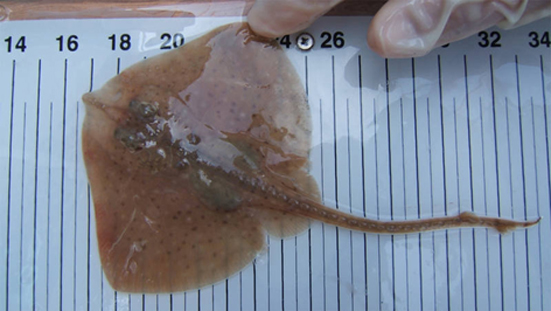
The ray "Raja asterias"
According to a joint statement from the Ministry of Economy, Industry and Competitiveness with the IEO, it is a species of condrictio fish, a group especially vulnerable to the effects of fishing, which lives on the bottom, mainly in shallow waters, no more than 200 metres deep. Its maximum size oscillates among 70 and 90 centimetres approximately.
The specimen studied, a mature female of just over 60 centimetres and 1.5 kilograms, was caught in bottom trawling during the fishing resource assessment campaign, ARSA. These campaigns are carried out annually in the trawl fishery of the Gulf of Cadiz.
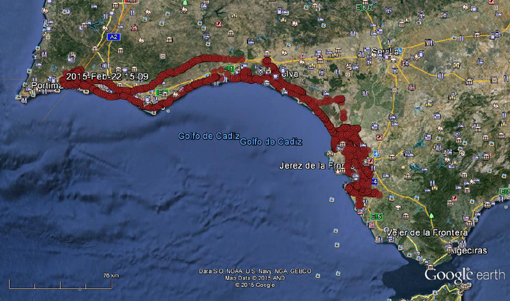
The Gulf of Cadiz (Costa de la Luz, South western Spain)
According to the note, "this discovery indicates the need to include the Atlantic population of this species of ray, in the description of its geographical distribution, and in future assessments of its state of exploitation".
Well, I hope that you have liked this article and hope that you can come to Cadiz, in order that you can enjoy this and another fishes.
Until my next post, kind regards,
Luis.
Sponsored by Costaluz Lawyers.
Please click below:

 1
Like
Published at 8:54 AM Comments (0)
1
Like
Published at 8:54 AM Comments (0)
Spanish and Italian researchers develop new insulation for buildings
Monday, April 24, 2017
Effectively, Valencian (from Valencia, east of Spain)and Italian researchers have developed a new ecological acoustic and thermal insulation, for buildings, from sheep wool, a product of great performance, that increases the capacity of absorption of the humidity, up to 33%, and optimizes the resistance to insects and the fire.
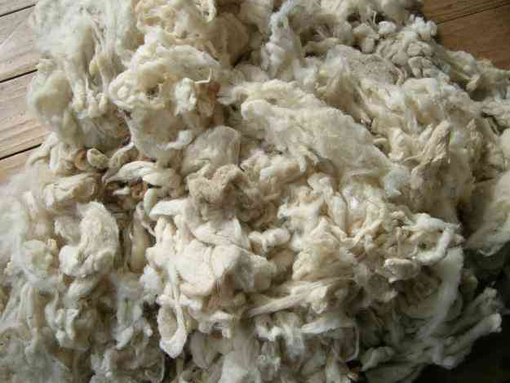
Sheep wool
The product is the result of the European project “Wool4build”, led by a tanning company and co-financed by the European Commission. Researchers from the Campus of Gandía of the Universitat Politècnica de València (UPV) also participated in its development, the AITEX Textile Technology Institute, the construction company ACR and the Italian Envipark, according to EFE sources told the UPV.
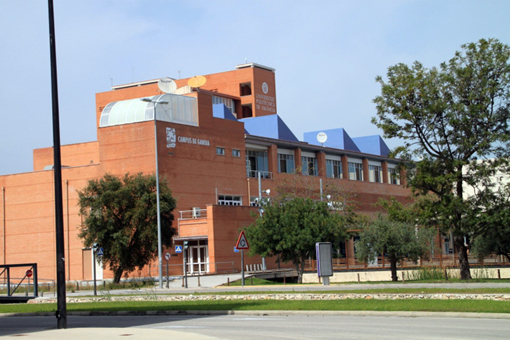
Campus of Gandia of the UPV
The main objective of Wool4build has been the development of a sustainable product, for the insulation of buildings, based on the residues of hair and wool, that is produced in the fur industry.
According to Jesús Alba, a researcher at the Campus of Gandía of the UPV, who has participated in the project, sheep wool is an excellent natural material with "very good characteristics of thermal insulation, moisture management and noise absorption". "However, because of its natural origin, the homogeneity of the fibers can not be controlled", explains the scientist, adding that each fiber of hair or wool "can come from different sheep, races or skin areas and then have different characteristics".
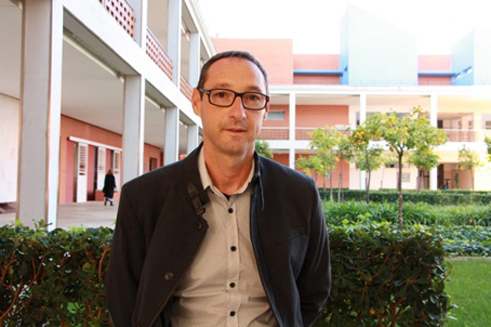
Jesus Alba
After thirty months of work, the project team has succeeded in increasing the acoustic and thermal insulation capacity of materials, generated from wool waste.
According to Romina del Rey, researcher at the campus of Gandía of the UPV, the two types of insulation wool developed "have average absorption values, according to the Technical Building Code, very competent with the wool, already consolidated in the market".

Romina del Rey
The project has allowed to increase the capacity of absorption of the humidity up to 33%, increasing the sensation of comfort, as well as to optimize additional characteristics like the resistance to insects and fire, mechanical resistance, adaptability and lightness, good handling and recycling of the material.
"We have developed a product with a low environmental impact, which can replace materials that are not recyclable or obtained with little efficient processes, from the energy point of view, such as polymer materials, inorganic glass or mineral wool", said Hugo Segarra, Tecnician of quality of R & D, in Inpelsa, and responsible for the project.

Hugo Segarra
Segarra said that a product has been achieved that adds "value to materials, that are a waste in companies of the fur industry, so that opens a new line of business, for companies in the sector".
The verification of the acoustic insulation capacity of the new material has been carried out in the laboratories of the Campus of Gandía of the UPV, which have a camera "anechoic and reverberant of first level", according to the sources.

Anechoic camera
According to Romina del Rey, the results of the acoustic validation show an environmentally friendly alternative, as a part of acoustic and thermal solutions, in building. "We have obtained materials, that technically meet the needs of different construction solutions, especially in solutions for vertical separation elements, dividings or partition walls", she added.
In addition, the quantities of pollutants such as CO2 emitted into the atmosphere during their manufacture, as well as the energy consumed throughout the manufacturing-transport chain, are significantly reduced in the face of the absorbent wools, conventionally used as acoustic and thermal solutions.
Well, I hope that you have liked this article.
Until my next post, kind regards,
Luis.
Sponsored by Costaluz Lawyers.
Please click below:

 1
Like
Published at 10:32 AM Comments (0)
1
Like
Published at 10:32 AM Comments (0)
Some spanish doctors use a new technique to early detect melanoma
Wednesday, April 19, 2017
Today I would like to share with you a very important news for the health of everybody: "They develop a new technique for the early detection of melanoma"

Specialists, from the University of Navarre Clinic (North of Spain), have incorporated a novel diagnostic technique to detect early melanoma, the most aggressive skin cancer, whose incidence in recent years is increasing. The new procedure consists in taking photographs of the entire body surface of the patient, by means of a device attached to a computer.
Thanks to this technology, they can automatically and early detect the appearance of new moles, susceptible to malignancy. In addition, automated complete body mapping is used in a complementary way to digital dermoscopy, which consists of periodically taking images of the structure of the atypical moles, to follow up and see if changes occur.
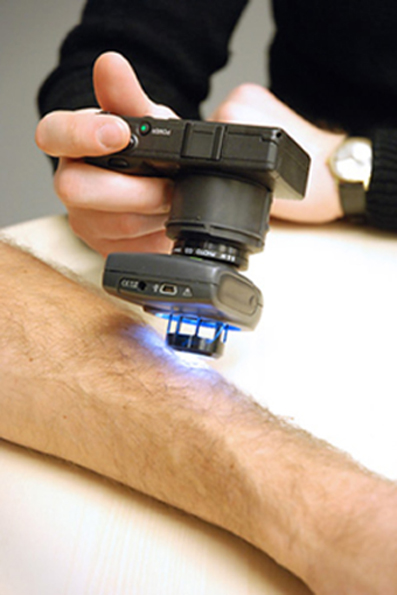
Melanoma is the most serious skin cancer, that has its origin in the skin surface, specifically in the melanocytes (the cells that give the dark colour to the skin). "The survival rate, in early melanomas, is very high, over 80%, and its treatment is simple, but when diagnosed in advanced stages the situation is complicated", explains the Dr. Leyre Aguado, dermatologist at the University Clinic of Navarre.

Dr. Leyre Aguado Gil
In most patients, a routine check-up at the dermatology clinic is enough. However, there is a group of patients, with risk factors, where greater control is needed. "This can happen because they have a personal or family history of melanoma, they have more than 100 moles or multiple atypical moles", adds the dermatologist Irene Palacios.

Dr. Irene Palacios
"Although the appearance of a new mole should always be studied, if it is a tumor, in patients with multiple moles it is very difficult to detect the appearance of a new one", said the Dr. Leyre Aguado. Thus, this novel technique facilitates the early detection of new lesions and their treatment.
"Melanoma, removed in early stages, has a good prognosis, but, at an advanced stage, it is necessary to apply more aggressive surgeries and other complementary cancer treatments", she explains. For this reason, it is considered essential to diagnose it early, for which it is necessary to go to the dermatologist regularly.
Usually, this skin cancer is associated with a history of sun exposure, but there are other risk factors such as the presence of many moles, family history, "premalignant moles" (nevus) or fair skin (phototype I). "In recent years, the number of cases has increased at an alarming rate, possibly due to a greater exposure to the sun", Palacios explains.
"Melanoma can appear on a previous mole or on healthy skin. Hence the importance of detecting new moles, as well as monitoring the changes on which you had previously", he adds. For that, the specialists talk about rule A, B, C, D and E: Asymmetry: when dividing it into 4 quadrants, these are very different among them, irregular edges, the presence of two or more colours, a diameter greater than 6 mm and changing evolution.
Well, I hope that you have liked to know about this advance.
Until my next post, kind regards,
Luis.
Sponsored by Costaluz Lawyers.
Please click below:

 1
Like
Published at 10:27 AM Comments (0)
1
Like
Published at 10:27 AM Comments (0)
Spanish study of the DNA of the olive tree
Wednesday, April 12, 2017
I have just found an interesting news, for Spanish countryside: "The first phase of reading the DNA of the olive tree, an ancient tree, has concluded".

DNA of the Olive tree
A project led by the Superior Council of Scientific Research (CSIC) has begun a study, that will last for three years, that seeks to find the genetic keys of the olive tree, that could help in the improvement of olive production. For the moment, the team of researchers has achieved a first complete DNA sequencing of this tree.
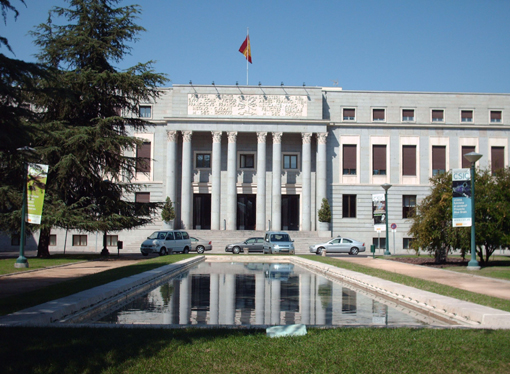
CSIC in Madrid
The study, financed by Banco Santander, is being carried out in the sequencers of the National Center for Genomic Analysis and in the computers of the Center for Genomic Regulation.
The project is led by the CSIC researcher, Pablo Vargas, from the Royal Botanical Garden, where the extraction of DNA from the individual studied has been carried out. It is an olive tree of the Farga variety, with a scientifically estimated age of between 1,100 and 1,300 years, which comes from the Sierra del Maestrazgo (Castellón), reported the CSIC in a note.
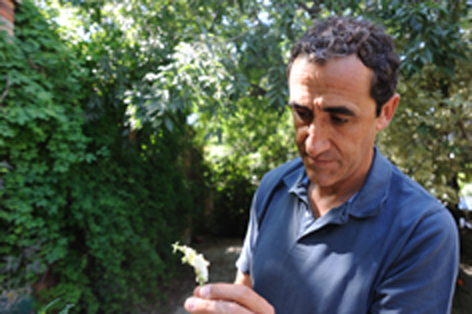
Pablo Vargas

Olive tree type "Farga"
In 2005, it was transplanted in the gardens of the Financial City of Banco Santander, in Boadilla del Monte (Madrid), where it is alive and growing. The olive tree, called Santander, weighs about 11 tons and has a perimeter of approximately five metres. The Farga variety has been chosen, because it is the type of olive tree with the largest number of millenary individuals, in Spain.
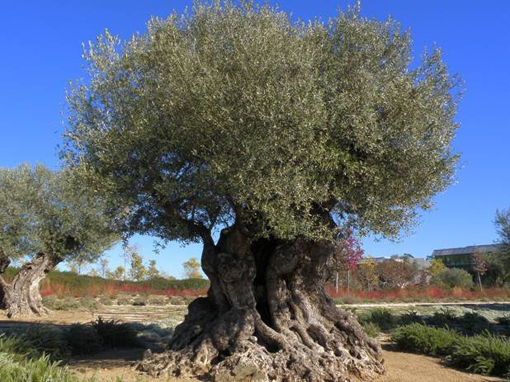
The olive tree called "Santander "
"The reading of the DNA of the olive is a landmark, in the field of genetic sequencing, because it is a species of extraordinary longevity. All organisms, sequenced until now, live a few years, depending on the life expectancy of each species. However, this is the first time it is done with a subject, that has existed for more than a thousand years and probably will live many more", explains Vargas.
The data collected until now, corresponding to the raw sequencing, have been included in the Archivo Europeo de nucleótidos (European nucleotide archive), this week.
The results of this work will allow an in-depth knowledge of a plant, that has been part of the life and food of humans, for about 8,000 years, when a process of domestication of the olive tree, from which the current olive tree began.
"The sequencing of the DNA of the olive tree will allow us to know the genetic basis of this process of domestication, it shall give the keys to the local adaptations, that have allowed the species to survive and allow us to confirm its origins. All this information will contribute in the future to the genetic improvement of olive production, of great relevance in the Spanish economy", concludes Vargas.
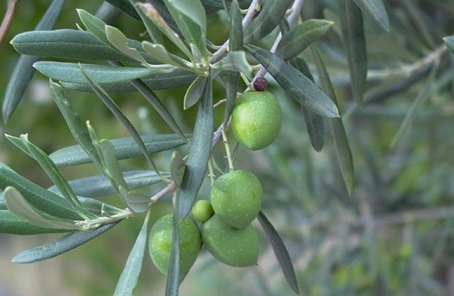
Well, I hope that you have liked to know more about olive tree.
Until my next post, kind regards,
Luis.
Sponsored by Costaluz Lawyers.
Please click below:

 0
Like
Published at 11:32 AM Comments (0)
0
Like
Published at 11:32 AM Comments (0)
A very healthy Spanish study
Friday, April 7, 2017
Yesterday I saw a news about a very interesting study for our health: "The reddest, smooth and round the tomatoes are, the greater its power against colon cancer is".
Effectively, researchers at the University of Almeria have observed the effect of different types of tomato, in colon cancer cell cultures . According to the scientists, any tomato variety prevents the proliferation of colorectal cancer cells, at very low concentrations. But the study, carried out in in vitro tests, reveals that the reddest, smooth and round tomatoes are the ones that best prevent its development.

Researchers from the group of Chemistry of Biomolecules and Food Processes, at the University of Almeria, have confirmed in vitro cell lines, that tomato extracts have activity against colon cancer. In addition, they have proven that some varieties act more intensely than others, against the proliferation of cancer cells. The study also indicates the benefit of olive oil, in conjunction with tomato.

University of Almeria (South eastern Spain)
In the article, published in the Journal of the Science of Food and Agriculture, the researchers explain how certain tomato compounds, such as lycopene, act against the development of tumor cells, originating from the colon, preventing its proliferation.
Scientists have also included tests, where the joint effect, in the cell cultures of tomato carotenoids with olive oil, has been analysed. These trials confirm significantly higher inhibitory effects than those obtained from each of them acting separately. According to these experts, there are many different compounds with antitumor action, in olive oil, such as polyphenols, which are added to the action of bioactive tomato substances.
In research, developed in vitro, they have observed how any tomato variety prevents the proliferation of colorectal cancer cells, at very low concentrations. However, the more colored varieties have a higher capacity, as they contain a higher proportion of lycopene and fatty acids.
"While all tomatoes provide bioactive compounds to the body, these researches mark the difference between different varieties and show how olive oil amplifies its intensity. This confirms that certain culinary preparations of the Mediterranean diet, such as gazpacho or salads, can be excellent allies in the prevention of some types of cancer", says the researcher of the University of Almería, José Luis Guil Guerrero, one of the authors of the Article.
Within the Mediterranean diet, they are numerous recipes that unify both ingredients: gazpacho, salmorejo, salads, fried tomatoes, juice, etc. Therefore, this research further confirms previous studies on the beneficial effects, attributed to this typical southern European dietary pattern.
During the trials, the researchers worked with HT-29 cell lines, a line of human colorectal cancer. All tomato varieties were analysed, in order to know their composition in bioactive compounds, such as carotenoids, sterols, phenolic acids and fatty acids. Thus, they were able to determine the action of different concentrations of these extracts, against cancer cells, comparing them with controls of these cells, without adding extracts and against other non-tumor cells, also coming from the colon.
The results showed that, while tomato compounds act against tumor cells, healthy cells are not compromised by their action. On the other hand, it has been confirmed that some tomato types are more efficient than others, in this activity. Specifically, the reddest and rounder ones are those that produce a more active response, against tumor cells, in vitro.
In this same line, another of the tests carried out has aimed at vegetables, such as arugula and canon, which also exert antitumor actions, against colorectal cancer cells. In this case, it was found that extracts of arugula not only inhibit proliferation, but also affect the integrity of tumor cells, causing remarkable damage to their membranes.
Well, I hope that you have considered this research as important as I have.
Until my next post, kind regards,
Luis.
Sponsored by Costaluz Lawyers.
Please click below:

 2
Like
Published at 9:41 AM Comments (0)
2
Like
Published at 9:41 AM Comments (0)
Spam post or Abuse? Please let us know
|
|